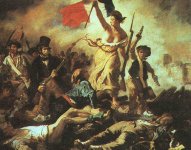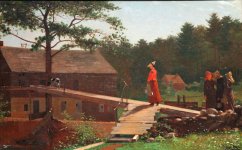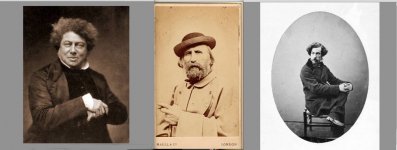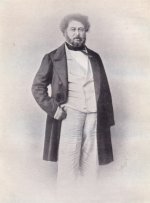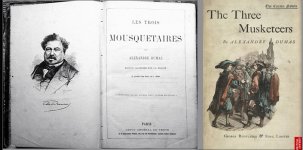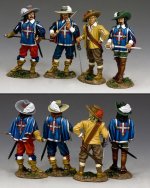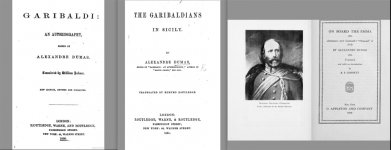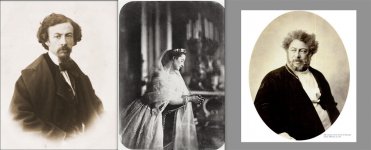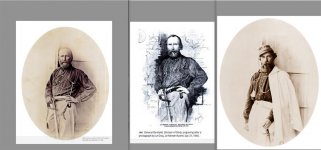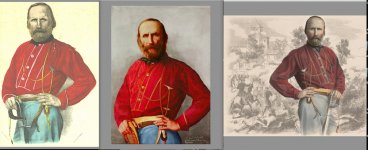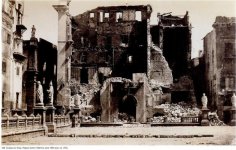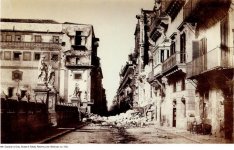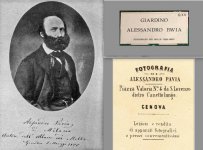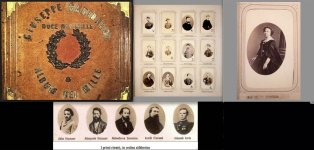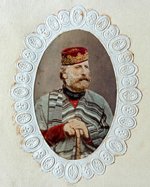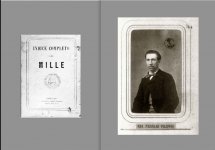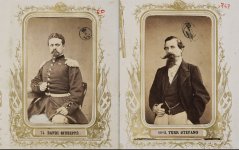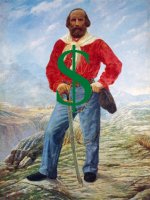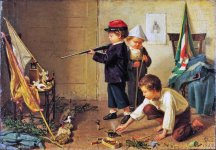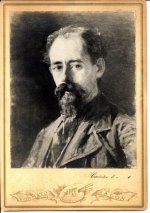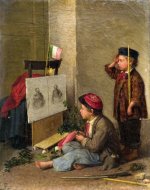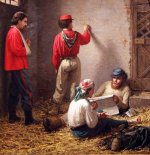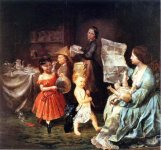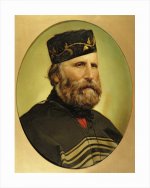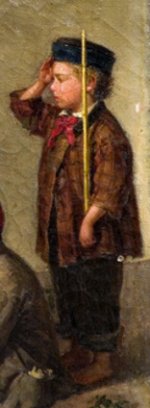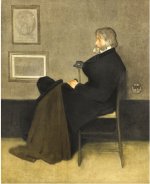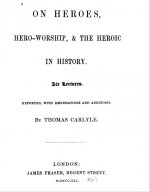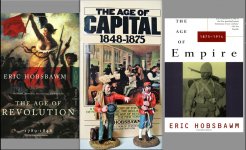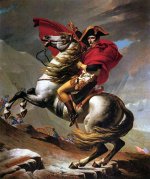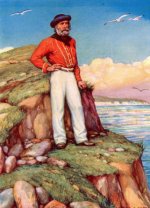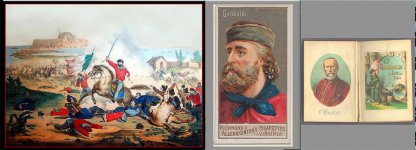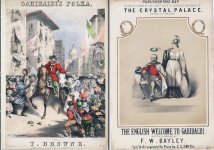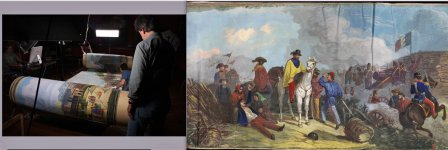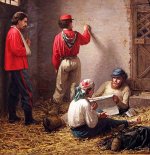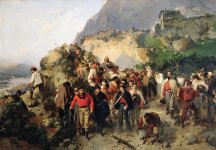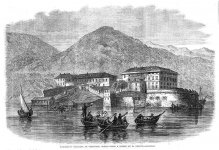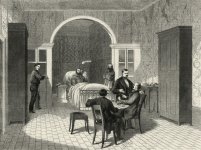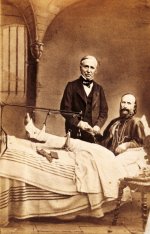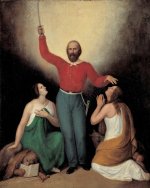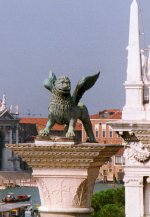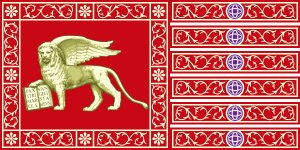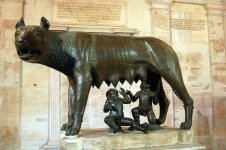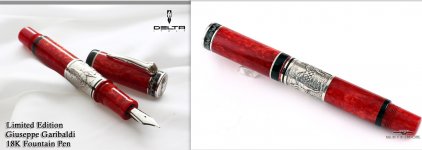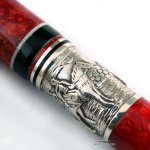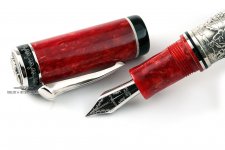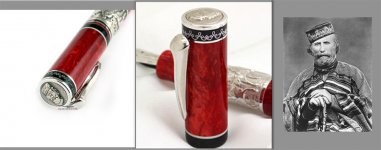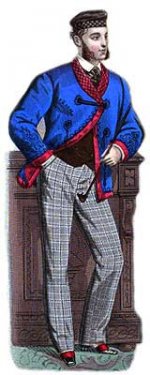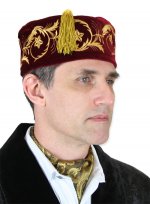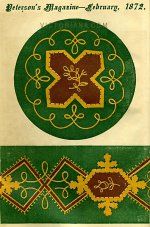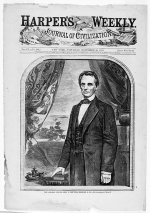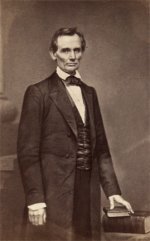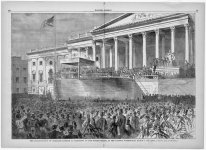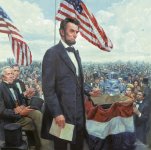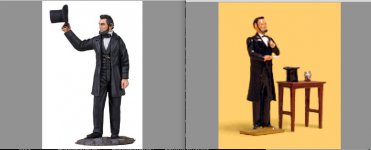Why is that?
Also in the school books of history in Italy Garibaldi is portaiyed as a romantic,uninterested in power hero who with a few men destroyed the "corrupted" reign of the two Sicilies, helping the Savoy king of Piemonte, Vittorio Emanuele II to unify the south of Italy to the north.
He was,but, apart from the retoric and the political justifications for the unity of Italy, the reality is more complex: Garibaldi is seen by many( included me) as an adventurer who caused serious trouble; in fact Italy, since the falling of the roman empire has been divided in many states, often de facto colonies or directly occupied by the main europen states like Germany, France, Spain, Austria.....This fact and the italians' cynical, parochial, regional carachter has created a land that can be considered a nation only by some intellectuals and by a writing on a map. The italian states( and even the cities!) had grown through the centuries like totally different realities in customs, economy, traditions, thinking.....Garibaldi is directly connected to the unification of Italy, but people eventually only wanted an independence from the foreign states( ex. the rebellion of the Milan citizens against the austrian occupation in the 19th century). Anyway, the unity of Italy never worked,the north is still totally different from the south, and even the regions from each other. Some years ago the institutions celebrated the 150 years of unity....It was just a commercials to justify the inconsistent national institutions. Today,Italy is pratically bankrupted but the italians can finally find a unity of the country: the Mafia has unified the country and it has become the system in the south as well as in the north. Seen the situation, not many keep Garibaldi in their hearts, even if he is not guilty for all this, of course.


